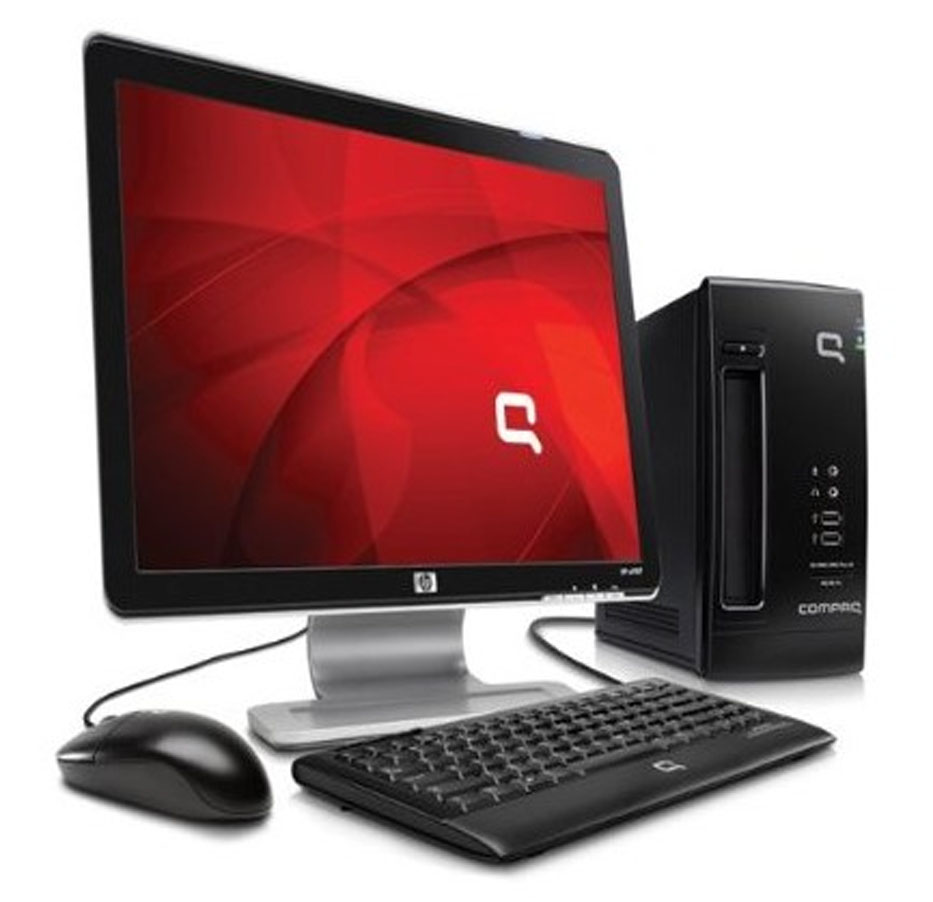
A computer is a general purpose device that can be programmed to carry out a set of arithmetic or logical operations. Since a sequence of operations can be readily changed, the computer can solve more than one kind of problem.

The processing element carries out arithmetic and logic operations, and a sequencing and control unit that can change the order of operations based on stored information. Peripheral devices allow information to be retrieved from an external source, and the result of operations saved and retrieved.

In World War II, mechanical analog computers were used for specialized military applications. During this time the first electronic digital computers were developed. Originally they were the size of a large room, consuming as much power as several hundred modern personal computers (PCs).[1]

Modern computers based on integrated circuits are millions to billions of times more capable than the early machines, and occupy a fraction of the space.[2] Simple computers are small enough to fit into mobile devices, and mobile computers can be powered by small batteries. Personal computers in their various forms are icons of the Information Age and are what most people think of as “computers.” However, the embedded computers found in many devices from MP3 players to fighter aircraft and from toys to industrial robots are the most numerous.

The first use of the word “computer” was recorded in 1613 in a book called “The yong mans gleanings” by English writer Richard Braithwait I haue read the truest computer of Times, and the best Arithmetician that euer breathed, and he reduceth thy dayes into a short number. It referred to a person who carried out calculations, or computations, and the word continued with the same meaning until the middle of the 20th century. From the end of the 19th century the word began to take on its more familiar meaning, a machine that carries out computations

Although rudimentary calculating devices first appeared in antiquity and mechanical calculating aids were invented in the 17th century, the first 'computers' were conceived of in the 19th century, and only emerged in their modern form in the 1940s

A general purpose computer has four main components: the arithmetic logic unit (ALU), the control unit, the memory, and the input and output devices (collectively termed I/O). These parts are interconnected by buses, often made of groups of wires.

Computer insurance is meant to protect your machine against malfunction, accidents, and (if you’re lucky), theft. Whether it’s in the form of a private insurance policy or a simple warranty, there are many choices to make when deciding whether or not you need to insure your laptop or desktop.

There is no denying that a tablet’s portability comes as a result of sacrificing the screen size. This can make working on the device difficult, as users struggle to navigate through programs and windows.
This problem is eliminated with desktop PCs. Not only does a large screen come as standard, there is also the option to attach a secondary monitor to make jumping between windows and programs even easier.

Computer is must for our profational life
ReplyDelete